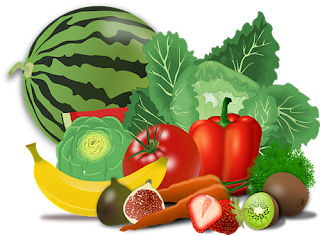During the month of October, I will be participating in the Write 31 Days hosted by Crystal Stine. My category is Food, Health & Wellness and my theme is "Into The Kitchen".
 How many of you have ever eaten yellow rice? It's good, isn't it? I thought so too. Then one day, as with other pre-packaged food I enjoyed, I decided to make my own. It is really quite simple, and you can customize it to your own taste. Even better is the fact that your rice doesn't have all the extras such as MSG, anti-caking ingredients and loads of sodium.
How many of you have ever eaten yellow rice? It's good, isn't it? I thought so too. Then one day, as with other pre-packaged food I enjoyed, I decided to make my own. It is really quite simple, and you can customize it to your own taste. Even better is the fact that your rice doesn't have all the extras such as MSG, anti-caking ingredients and loads of sodium.What's in that package, anyway?
This is what is in a national brand of yellow rice. I am not saying it is bad, what I am saying is if you want to control what is in your food, make your own.
"Enriched Long Grain Rice [Rice, Niacin, Iron (Ferric Orthophosphate), Thiamin (Thiamin Mononitrate), Folic Acid], Saffron Yellow Seasoning [Salt, Sugar, Dehydrated Onion, Monosodium Glutamate, Turmeric, Garlic, Corn Starch, Spices, Safflower, Saffron, Silicon Dioxide (Prevent Caking)]."
Yellow Rice―the essentials
1 cup white rice, preferably long grain
2 cups chicken stock
1/2 cup sweet onions, chopped*
a pinch of saffron or about 1/8 tsp, of turmeric*
Salt and pepper to taste
Olive oil*
Place about a tablespoon of olive oil in a covered saucepan and heat over medium high heat. Add the onions and cook until the onions soften, then add your salt and pepper, chicken stock and saffron or turmeric. When the liquid begins to boil, add your rice, stir and cover. When it returns to a boil, reduce heat to low and cook for 20 minutes. Fluff with a fork and serve.
I don't measure these so amounts are approximate.* Feel free to play around with amounts, flavors and add-ins such as garlic (or garlic powder), parsley, etc.
What is your favorite rice dish?
If you enjoyed this post, please leave a comment. I would love to hear your thoughts.










